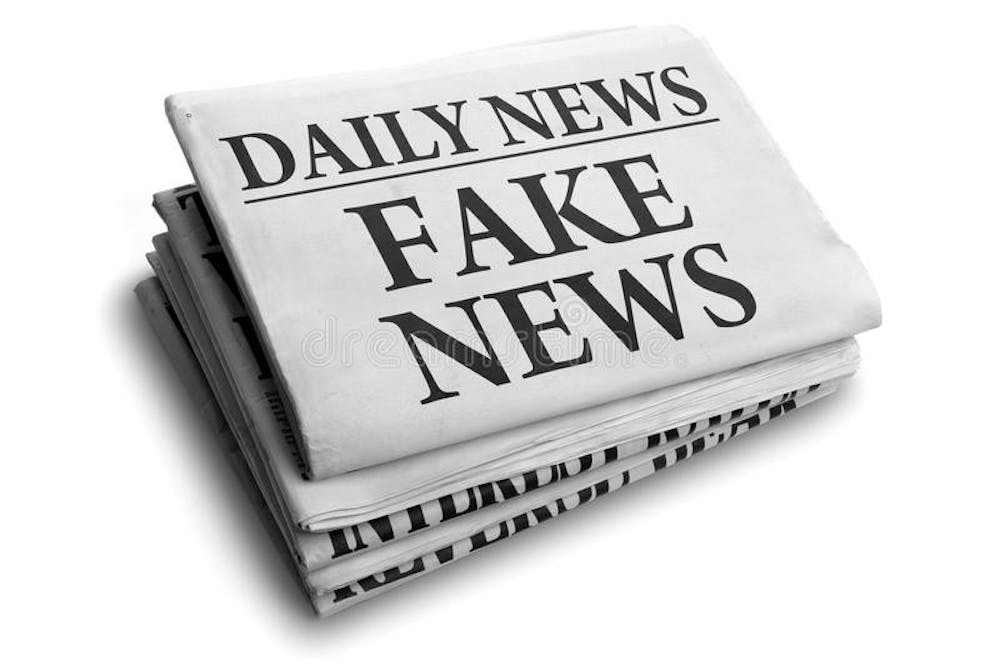Journalism is no stranger to April Fools’ Day and its traditions. Indeed, April 1 invokes a long tradition of journalists’ publishing hoax stories to trick readers and listeners. By the early 20th century, the phenomenon had already firmly entrenched itself into the American reporting tradition.
These jokes are oftentimes witty and self-aware; in 2014, NPR posted an article with the headline “Why Doesn't America Read Anymore?” on Facebook. Those who clicked on it were whisked to an NPR page that explained the inside joke: sometimes people who comment on articles have not read them, so those reading the article should only like the post and not comment. Research has also confirmed the presence of a recurring motif, the journalistic pseudonym “Loof Lirpa,” which is, in fact, simply the phrase “April Fool” spelled backward, and is used to serve as a warning or indication that the story is fictitious.
Sometimes, however, these pranks have unfortunate consequences — for example, in 1978, a writer at the Erie Times-News was fired for reporting that the “monofilament fishing line” had been banned, causing concern in the fishermen community and mass purchasing of the product. In the wake of pranks like these and their unintended consequences, whole news staffs have had to hand in resignations and papers have had to release public apologies. Pranks like these have, on numerous occasions, incited readers and sparked debate among journalism ethicists.
“Credibility is one of the most important things we have, and it should not be endangered lightly,” explained Jane E. Kirtley, a prominent ethicist in the field.
Debate around April Fools’ pranks in the realm of journalism, as suggested by an NPR article titled “Media Mischief On April Fools’ Day” has revolved around questions on whether “first-of-April tomfoolery strengthens – or weakens – the bond between a news organization and its constituency.” The Internet complicates the situation; the World Wide Web is “an epistemological free-for-all,” which is “wonderfully democratic,” but also a “source of anxiety,” notes Megan Garber from The Atlantic. In engaging with April Fools’ jokes, is the media feeding this anxiety? Some media outlets choose not to engage with it — a specific example of this is when The Banner of Bennington, Vermont decided to stray from its tradition of publishing a made-up article in 1969 because the real news “seemed so dire that April Foolishness was somehow out of place. Perhaps it's a sign of the times that the state of the world is so negative that a bit of foolishness is considered inappropriate,” the article noted.
A consumer of news should not have to distinguish between fact from fiction, especially not at the cost of embarrassment, shame, or fear. And a reader should definitely not have to do this in today’s political climate. While I don’t mean to reject or denounce the spirit of April Fools’ Day, the outlandishness of real news makes me question the relevance, intention, and goal of fake news. The journalistic truth is more important now than ever, and the dynamic between writer and reader must be established and stabilized for us to believe and trust a certain truth over another.








